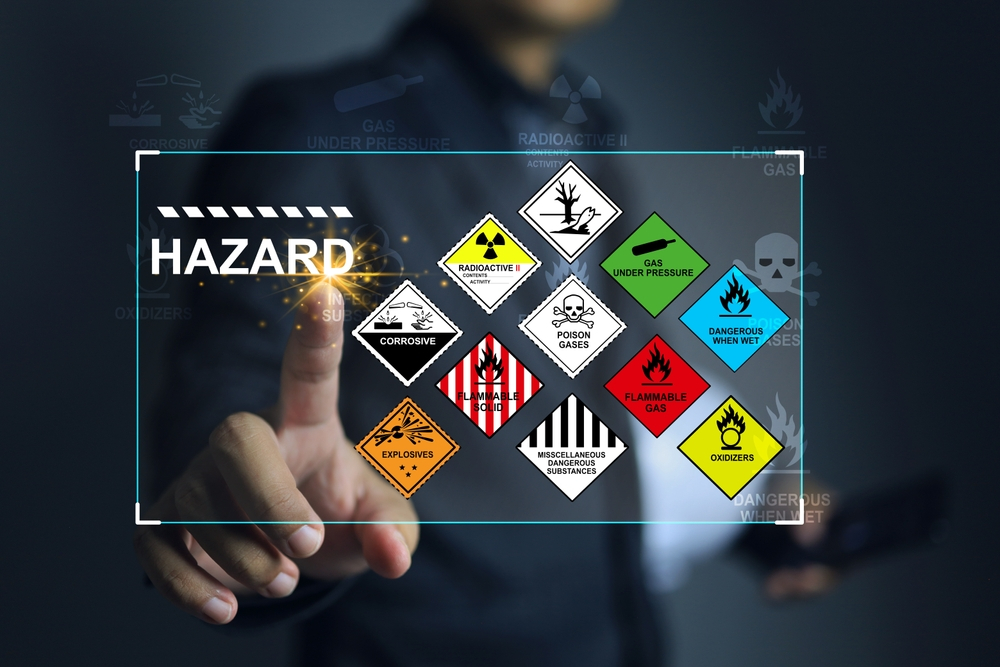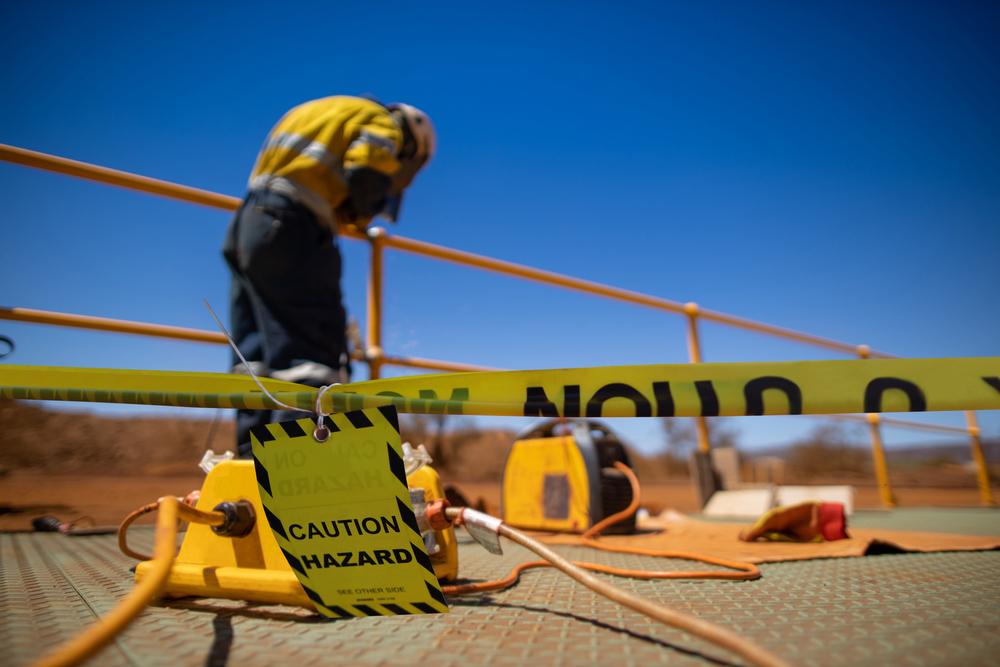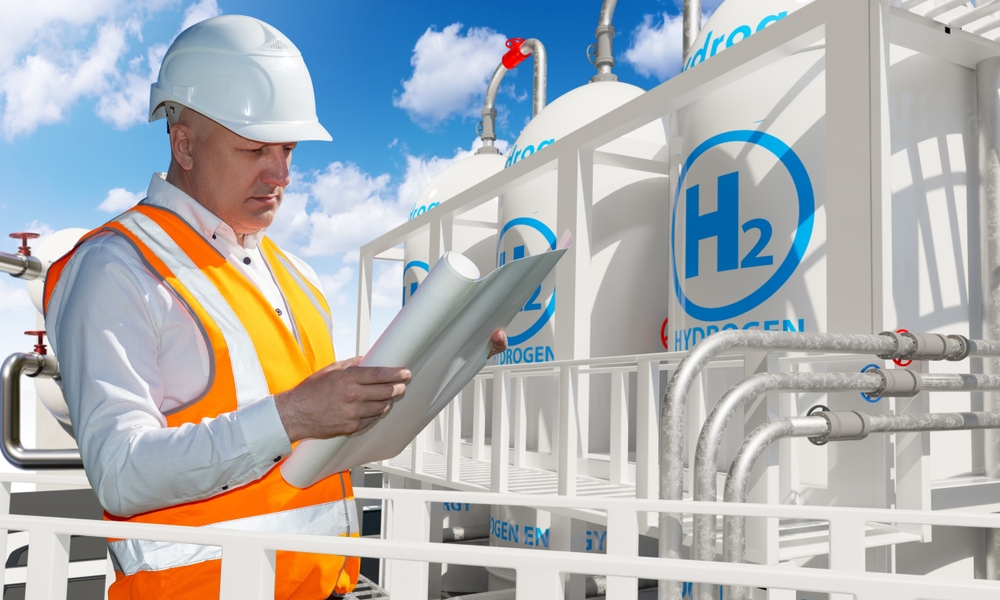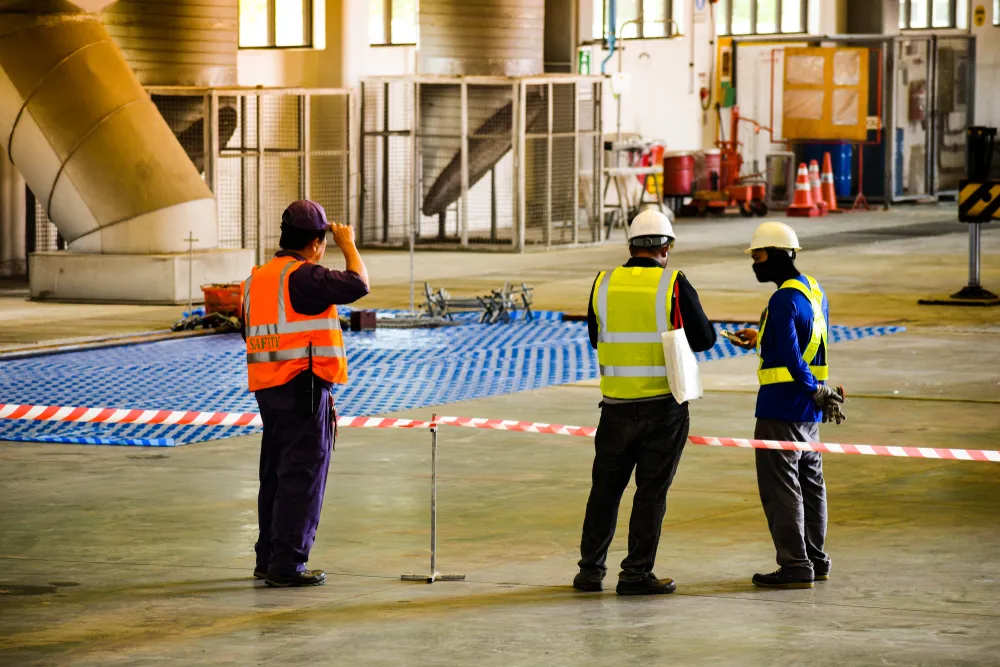The most common practice for the use of Ex d barrier glands is in flameproof installations, where they are used to prevent flame from any explosion that may occur inside the equipment from travelling down through the cable. However, for process-connected equipment like instrumentation, where there is only a single process seal, like an O-ring… Continue reading Correct Practices of Using Barrier Glands in Hazardous Areas
Category: Hazardous Area
Nationally Accredited Training in Hazardous Area Classification and Design
Training in Hazardous Area Classification (HAC) and Design typically covers identifying, assessing, and mitigating the risks associated with potentially explosive atmospheres in industrial settings.
Navigating Safety: The Role of Engineers in Hazardous Area Design and Planning
Engineers play a pivotal role in ensuring these areas are functional and safe for workers and the surrounding environment. This blog explores the critical role of engineers in Hazardous Area Design and Planning.
Ensuring Safety: Navigating the Complex Terrain of Hazardous Area Design for Chemical Storage Facilities
Potentially dangerous materials require meticulous planning and design to ensure the safety of both personnel and the surrounding environment.
Steps to Manage Regulatory Compliance in Hazardous Areas
Under WA Health and Safety at Work Act 2020, plant owners and employers have a responsibility to ensure the safety of their workers and provide safe working premises i.e. If you are a person responsible for safety of electrical equipment in Hazardous Area (EEHA) at your site, here are the steps to ensure safety and… Continue reading Steps to Manage Regulatory Compliance in Hazardous Areas





